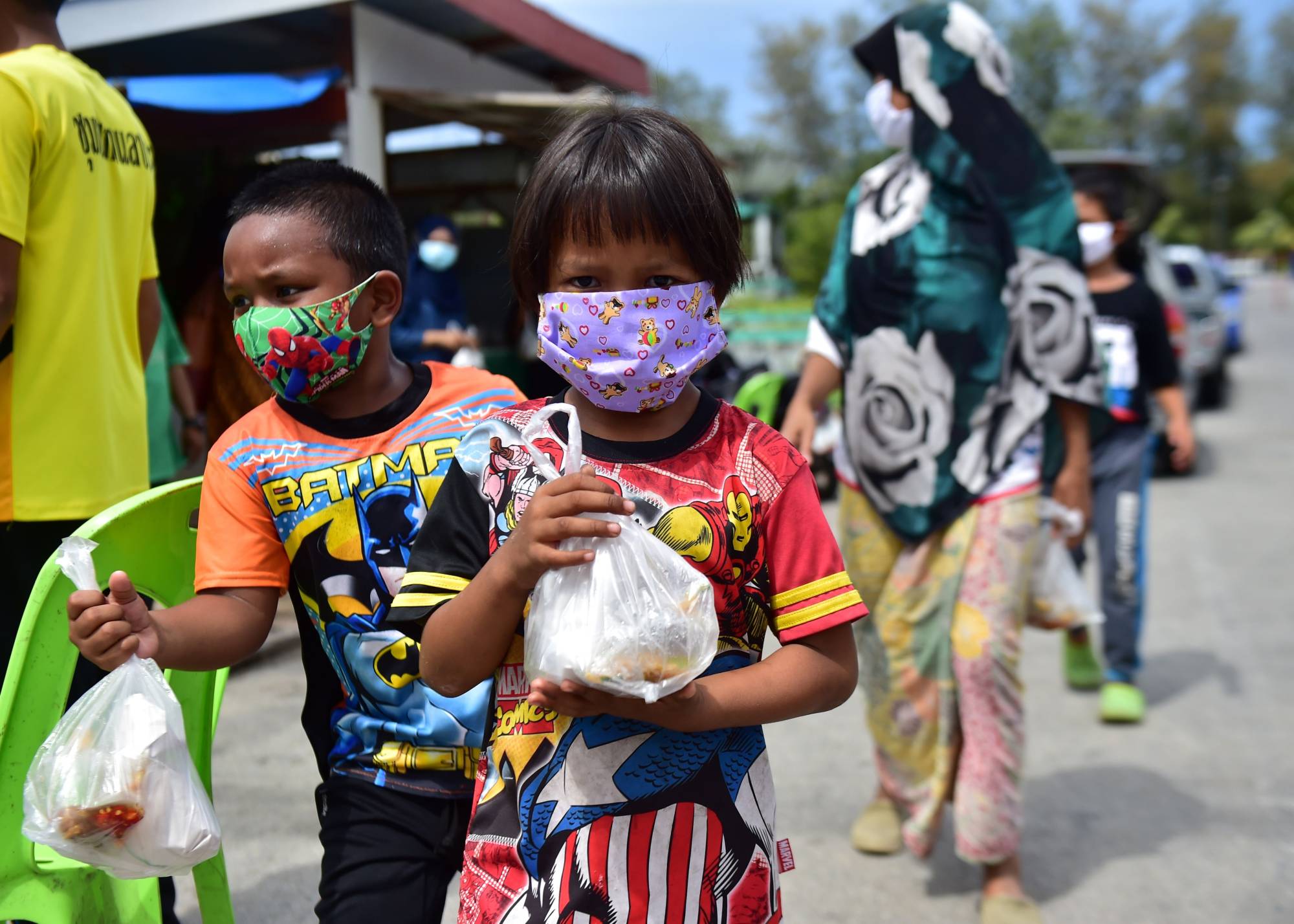Education has to be at the center of the response to COVID-19 to fulfill the goal to “build back better” and achieve inclusive and more equitable societies. Half a billion people could be pushed into poverty by the pandemic, according to recent studies published by the United Nations University, which would set back progress on standards of living and fundamental human rights by 30 years. This is an urgent warning, but more importantly a call to action.
For many, telecommuting and online learning are becoming the new normal, which will prevail in some form long after the recovery. In many countries, however, the lack of financial resources, infrastructure and information and communications technology (ICT) connectivity means that continuing education for the most vulnerable students will require innovation and partnerships to fulfill the basic human right to education. We are bound together and the welfare of the most vulnerable will affect us all.
Despite progress toward the Sustainable Development Goals, prior to the outbreak there were already 258 million out-of-school children worldwide, almost half of whom are in the Asia-Pacific. Among people who are 15 and older, 773 million worldwide are illiterate — 446 million in the Asia-Pacific, almost two-thirds of whom are girls and women.



















With your current subscription plan you can comment on stories. However, before writing your first comment, please create a display name in the Profile section of your subscriber account page.